NB: The term "filter coffee" is frequently used in contrast to espresso coffee, but it would be more convenient to speak of "gentle methods" because all these preparations actually have a filter.
Having fallen out of favor shortly after the advent of capsule machines, we're starting to get used to grimacing at the mere mention of "filter coffee" (yes, really). The influence of trends has led us to disregard filter coffee in favor of the sacrosanct espresso, but we at Celsius are betting on its gradual return to French homes, as a complement to espresso, and here's why:
Aromatic complexity - nf
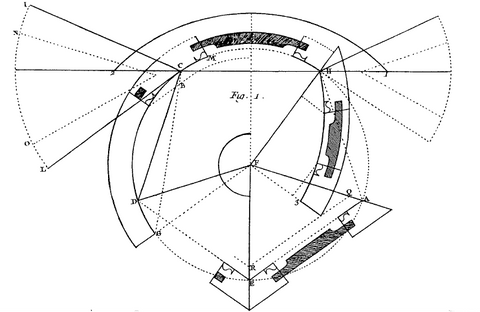
Today's filter coffee is nothing like the coffee our parents and grandparents made. Thanks to modern machines and methods, it's possible to obtain a variety of subtle aromas, much like tea. This starts with using good quality specialty coffee and carefully following the instructions for your chosen brewing method. (See our recipes and preparation tutorials .)
It goes without saying that the old electric coffee maker that haunted our past will hardly be able to reveal the aromatic complexity of a specialty coffee, nor will leaving it to heat for several hours or reheating it in the microwave.
Diversity of filter methods - nf
Besides the famous traditional electric coffee maker (which has undergone serious technological improvements, by the way), there are an impressive number of methods, grouped into two categories: immersion and filtration, although in fact each method contains a little of both categories.
Immersion : This involves steeping ground coffee in water (usually hot) for a certain period, then separating the resulting brew from the coffee grounds using a filter. The most common coffee maker using this method is the plunger , also known as the French press, which produces filter coffees with a good body. For greater versatility and portability, another popular and well-regarded method is the Aeropress .
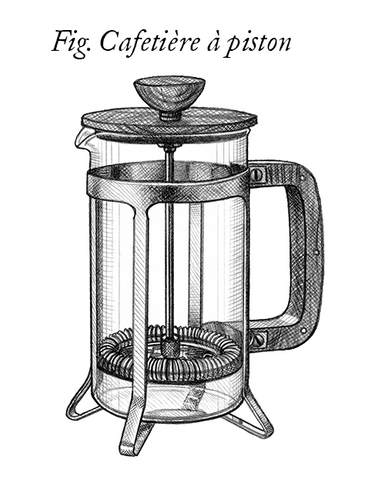
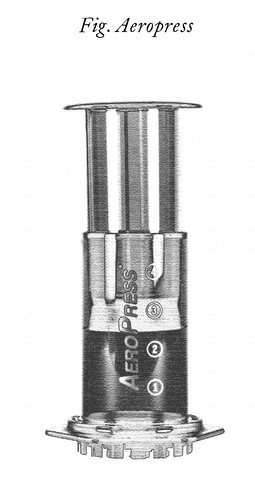
Filtration : In this method, the coffee's aromas are extracted by gravity using water. The ground coffee is placed in the filter, and the water added afterward flows slowly through the grounds and then the filter, carrying away the desired aromatic compounds without the solid particles. Examples of this type of method are numerous: V60 , Chemex, electric coffee maker, etc.
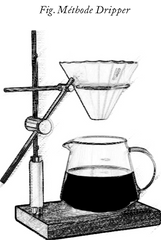

Caffeine - nf
Although more concentrated in caffeine, espresso, due to its average volume consumed, delivers less caffeine to the body in the morning. The proof is in the numbers:
| Minimum caffeine content | Maximum caffeine content | Average quantity of coffee consumed | Minimum amount of caffeine ingested | Maximum amount of caffeine ingested | |
| Espresso | 1.33 g/L | 2.50 g/L | 36 mL | 0.048 g | 0.09 g |
| Filtered | 0.34 g/L | 0.78 g/L | 240 mL | 0.082 g | 0.18 g |
You'll generally find twice as much caffeine in a filter coffee as in an espresso. However, it's important to note that these figures can vary considerably if the person preparing the coffee isn't precise with the amount of coffee in the filter or the grind size. This information is particularly relevant when you're drinking coffee in a coffee shop, for example.
So, if you're looking for a quick energy boost, opt for a large cup of filter coffee. Conversely, if you can't tolerate large amounts of caffeine, you can simply have a filter coffee in espresso size.
Morning coffee - nm
In our opinion, filter coffee is truly the perfect morning coffee. If, like us, you don't wake up with a completely clear head or palate, filter coffee is for you.
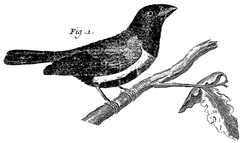
Bitterness, acidity or sweetness will not normally be in excess, which will allow you to enjoy your buttered toast in complete serenity (and even dip it in coffee, we promise not to judge).
Ritual - nm
We won't hide it from you: the little ritual that accompanies certain filter coffee brewing methods contributes to its overall appeal. In stark contrast to espresso, which involves a high extraction speed and coffee gulped down in a few sips, filter coffee is a true ode to slowing down.
There is a kind of fullness in preparing your V60 in the morning: the sun rises, there is no rush, you feel like Tintin (are we going too far?).
Price - nm
Last but not least, the equipment needed for gentle brewing methods is generally more accessible than for espresso. You usually only need a kettle, a grinder, and your coffee maker (which can be a simple porcelain one). That being said, as with any hobby, you'll naturally want to upgrade as you learn more: a kettle accurate to the degree, scales for precise dosing, a better grinder, and a whole host of accessories, some more expensive than others.

